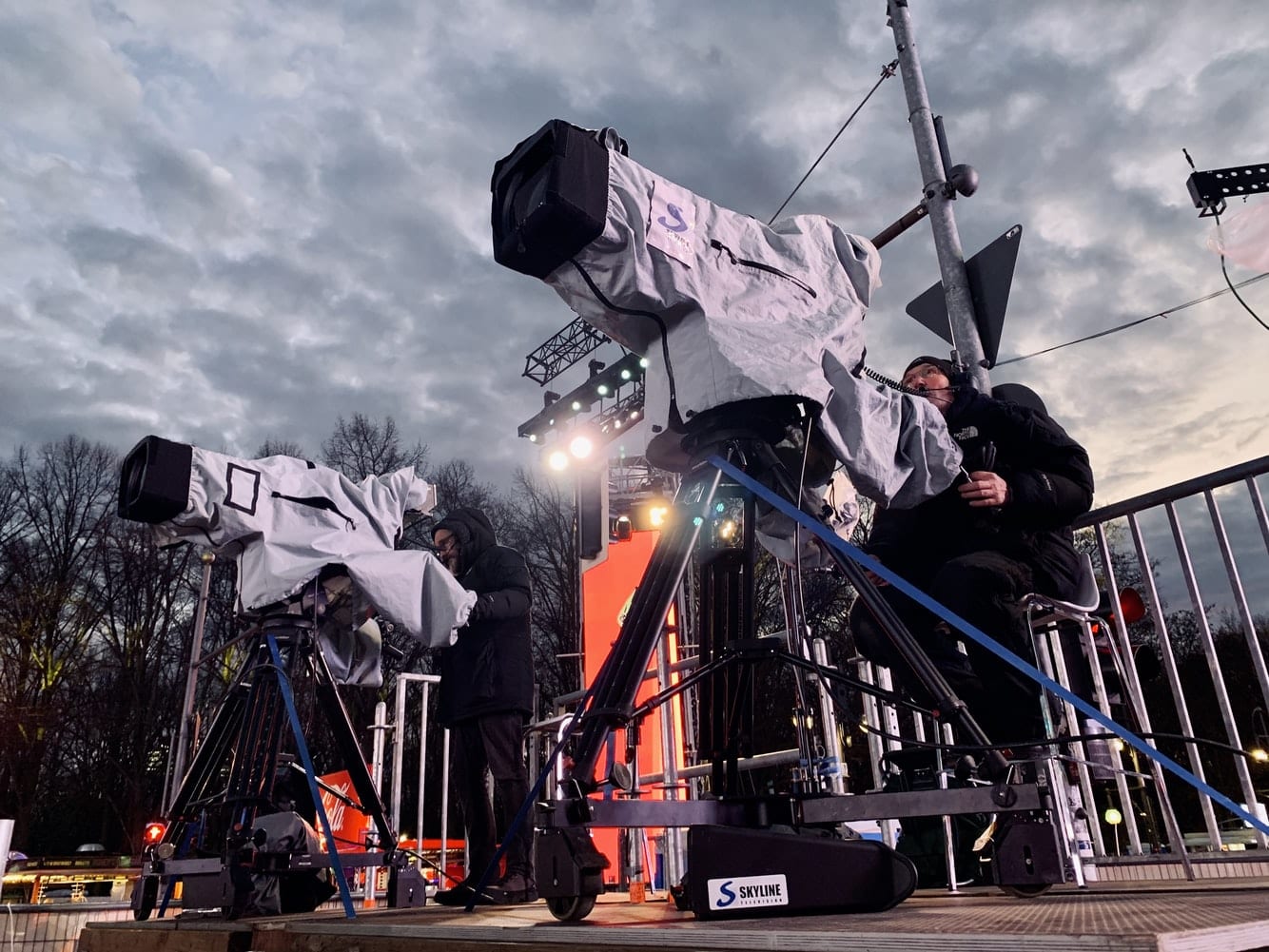Perfecting the Craft of Seamless Video Mapping on Arched Screens for Breathtaking Visual Audience Experiences
Perfecting the Craft of Seamless Video Mapping on Arched Screens for Breathtaking Visual Audience Experiences
Blog Article
Video mapping is an innovative technique that allows visuals and footage to be displayed onto areas, creating breathtaking visual encounters. When it comes to rounded surfaces, perfecting this craft can be a bit more challenging than projecting onto level planes. Rounded surfaces can include various elements from the sides of buildings to art pieces and even platforms. Understanding how to effectively project footage onto these shapes is crucial for artists, design professionals, and event planners who want to develop engaging environments that captivate viewers.
The initial step in video mapping on rounded areas is to comprehend the geometry of the surface. Rounded surfaces can be complex, with varying degrees of bend. To achieve a seamless display, it is important to create a 3D model of the surface. This representation helps in visualizing how the video will look when projected. Applications tools are accessible that allow users to create these models and mimic the display. By precisely mapping the measurements and shapes of the area, designers can ensure that the video aligns perfectly without warping.
Once the 3D representation is prepared, the following step is to edit the footage content. This involves editing the footage to fit the specific shape and size of the rounded area. It is essential to take into account the perspectives and sightlines from which the audience will view the projection. The material should be crafted to enhance the aesthetic encounter, making it engaging and relevant to the concept of the occasion or installation. Using high-quality visuals and motion graphics can significantly enhance the overall effect of the display.
After editing the content, the actual projection process begins. This includes placing up the devices at the correct positions and spaces to guarantee that the footage matches with the 3D representation. Calibration is a key part of this procedure. It may necessitate adjusting the brightness, contrast, and focus of the projectors to obtain the best outcomes. Additionally, using multiple devices may be required to encompass larger or more complex areas. This technique, known as edge blending, helps form a seamless image across the entire surface.
Finally, testing the display is crucial before the conclusive presentation. This allows designers to make any required adjustments to the footage and device configurations. It is also an opportunity to see how the viewers will perceive the projection from various perspectives. By ensuring that the video projection is flawless, designers great site can provide a stunning aesthetic encounter that leaves a lasting impression. Mastering footage mapping on rounded areas not only enhances artistic output but also creates new possibilities for narrative and viewer interaction in various environments.